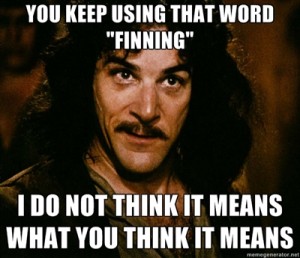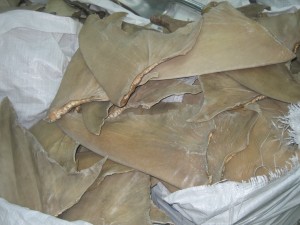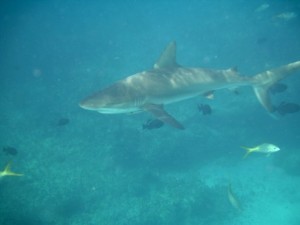 Last summer, shark conservation got an interesting new voice. Kool Kid Kreyola, a California-based painter and musician, took the ocean twitterverse by storm with “Me and My Shark Fin”. This video, a clever parody of Jay Z and Beyonce’s “Bonnie and Clyde” , told the story of shark fin soup… from the perspective of a shark.
Last summer, shark conservation got an interesting new voice. Kool Kid Kreyola, a California-based painter and musician, took the ocean twitterverse by storm with “Me and My Shark Fin”. This video, a clever parody of Jay Z and Beyonce’s “Bonnie and Clyde” , told the story of shark fin soup… from the perspective of a shark.
Kreyola agreed to participate in an interview with me. If you have any follow-up questions, please post them in the comments section below, and I’ll make sure that he sees them.
Read More “An interview with Kool Kid Kreyola of “Me and My Shark Fin”” »





